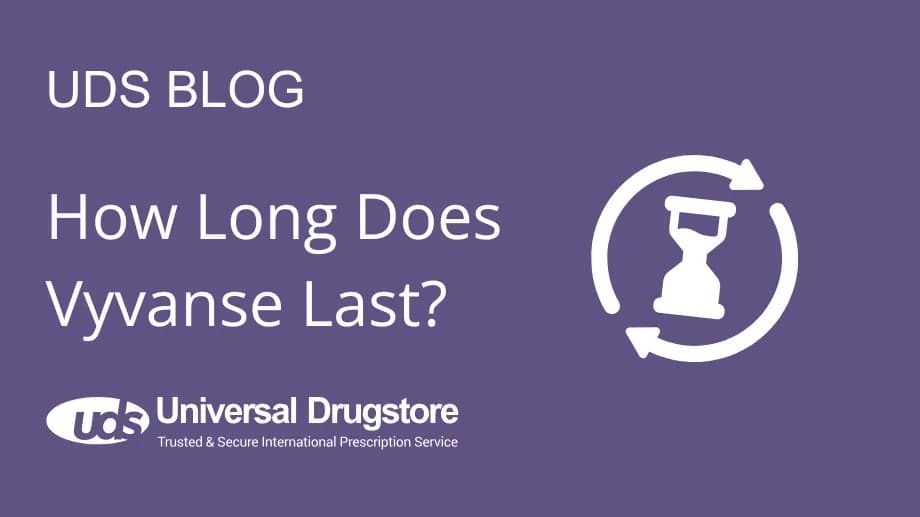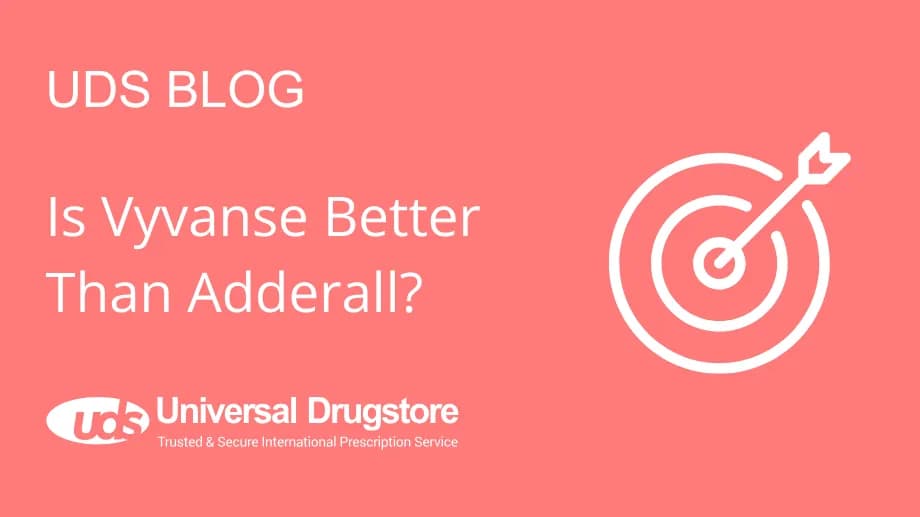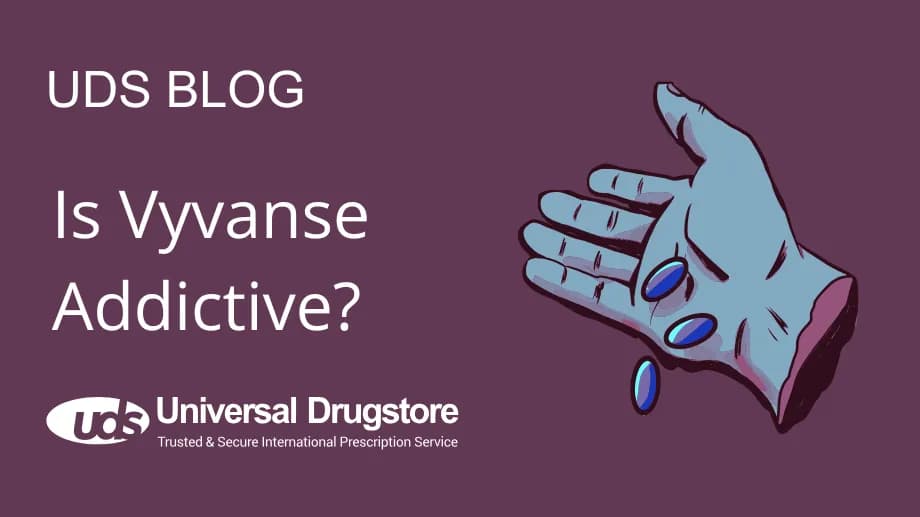What is attention deficit hyperactivity disorder (ADHD)?
Attention deficit hyperactivity disorder (ADHD) is one of the most common neurodevelopmental disorders of young children and adolescents but often lasts into adulthood. Children with ADHD may have trouble paying attention, controlling impulses, or may be overly active.
Children with ADHD may also struggle with low self-esteem, troubled relationships, and poor performance in school. They often have learning disabilities or other mood and mental health conditions such as anxiety disorder, conduct disorder, depression, and substance use disorder. Symptoms sometimes lessen with age, but some people never completely outgrow their ADHD symptoms. They can learn strategies to prevent it from negatively affecting their daily lives.
While treatment will not cure ADHD, it can greatly improve symptoms. Treatment typically involves medications and behavioral interventions. Early diagnosis and treatment can make a big difference in managing this condition.
What types of ADHD are there?
- Predominantly inattentive ADHD: mainly struggles with attention and organization. Difficulty paying attention, following instructions, and completing tasks. Previously called attention-deficit disorder (ADD).
- Predominantly hyperactive-impulsive ADHD: mainly consists of hyperactive and impulsive behaviors with less inattention.
- Combined ADHD: symptoms of both inattention and hyperactivity-impulsivity.
What causes ADHD?
The exact cause of ADHD is not fully known but is believed to involve a combination of genetic, neurological, environmental, and developmental factors. Some possible causes and risk factors include:
- Genetics: more common if you have family members with ADHD; certain genes that manage neurotransmitters and brain development may contribute.
- Brain structure and function: differences seen in regions responsible for attention, impulse control, executive functioning, and mood regulation.
- Neurotransmitter imbalance: imbalances in dopamine and norepinephrine may lead to ADHD symptoms.
- Other groups at risk: prenatal exposure to tobacco, alcohol, or drugs; premature birth; low birth weight; exposure to toxins like lead; early childhood trauma; high stress; brain injury; epilepsy.
What are the symptoms of ADHD?
Symptoms vary by subtype and individual, but generally fall into two groups:
Inattention symptoms:
- Difficulty listening, daydreaming, or seeming distracted
- Frequently making careless mistakes in schoolwork, work, or other activities
- Difficulty organizing tasks and activities
- Avoiding tasks that require sustained focus
- Frequently losing things
- Forgetfulness in daily activities (e.g., appointments or chores)
Hyperactivity-impulsivity symptoms:
- Fidgets with or taps hands or feet, or squirms in seat
- Inability to remain seated or sit still
- Short attention span and easily distracted
- Often “on the go” or acting as if “driven by a motor”
- Talking excessively
- Unable to listen to or carry out instructions
- Difficulty waiting one’s turn
Not everyone has all symptoms, and severity can vary. Symptoms may change over time and be influenced by stress and environment. For an ADHD diagnosis, symptoms must be present in more than one setting and significantly impair daily functioning. Consult a healthcare provider for evaluation.
How do you diagnose ADHD?
Diagnosing ADHD typically involves a comprehensive assessment by a qualified healthcare provider:
- Medical history: gathering developmental, medical, and family history; interviewing caregivers or significant others.
- Symptom assessment: using DSM-5 criteria or ADHD rating scales completed by the individual, parents, teachers, or observers.
- Physical exam: ruling out other medical conditions that may cause similar symptoms.
- Psychological testing: assessing cognitive functioning, academic achievement, and related factors when needed.
- Observational assessment: observing behavior in different settings such as home, school, or social situations.
For children, at least 6 symptoms of inattention or hyperactivity-impulsivity must have persisted for 6 months, started before age 12, and appeared in at least two settings. For adults, 5 or more symptoms are required. Symptoms must impair social, academic, or occupational functioning and not be better explained by another condition.
How do you treat ADHD?
ADHD treatment can include:
ADHD Medications:
- Stimulant medications: increase dopamine and norepinephrine (e.g., methylphenidate, amphetamine-based products).
- Non-stimulant medications: alternatives when stimulants are ineffective or not tolerated (e.g., atomoxetine, guanfacine).
- Antidepressants: sometimes prescribed alone or with other ADHD medications.
Psychotherapy:
- Behavioral therapy (CBT, behavior management) for coping strategies, organization, and emotional regulation.
- Parent training programs to improve behavior management and communication.
Educational Interventions:
- Accommodations such as extra test time, preferential seating, and individualized education plans (IEPs) or 504 plans.
- Classroom strategies like breaking tasks into smaller steps, visual aids, and positive reinforcement.
Lifestyle Modifications:
- Regular exercise to reduce hyperactivity and impulsivity.
- Healthy sleep habits, including consistent schedules and calming bedtime routines.
- Balanced diet rich in fruits, vegetables, whole grains, and lean proteins.
Support Services:
- Support groups for emotional support, advice, and resources.
- Occupational therapy or tutoring for organizational and planning skills.
Work closely with a healthcare provider to develop a personalized treatment plan. Ongoing monitoring and adjustments help ensure effectiveness and manage side effects.
Sources
- What is ADHD? Centers for Disease Control and Prevention (CDC). Accessed Apr. 9, 2024.
- Attention-Deficit/Hyperactivity Disorder. National Institute of Mental Health (NIMH). Accessed Apr. 9, 2024.
- What is ADHD? American Psychiatric Association. Accessed Apr. 9, 2024.
- About ADHD — Overview. CHADD. Accessed Apr. 9, 2024.


